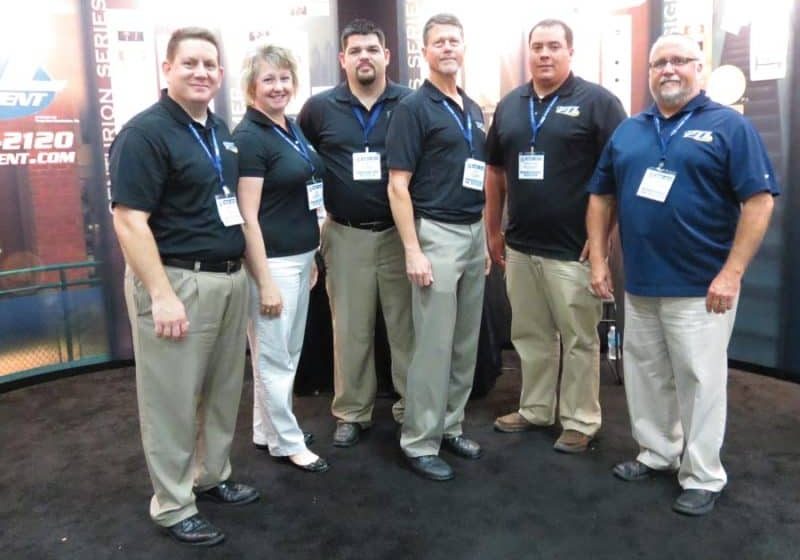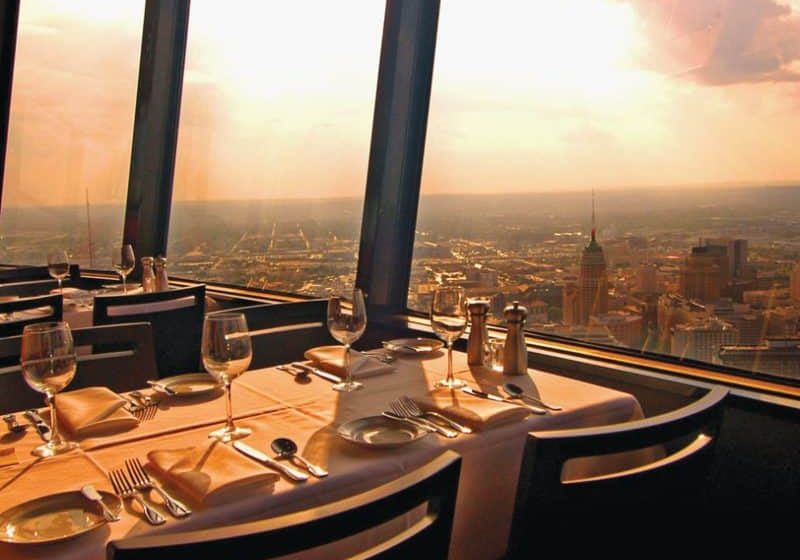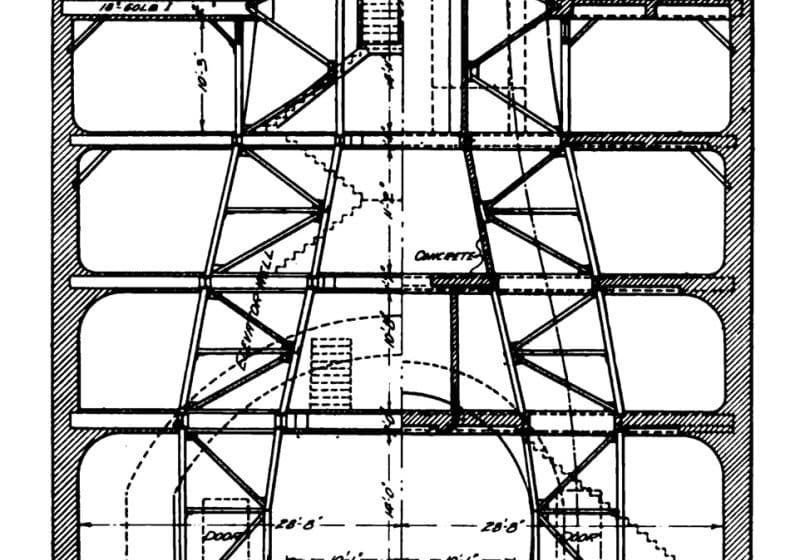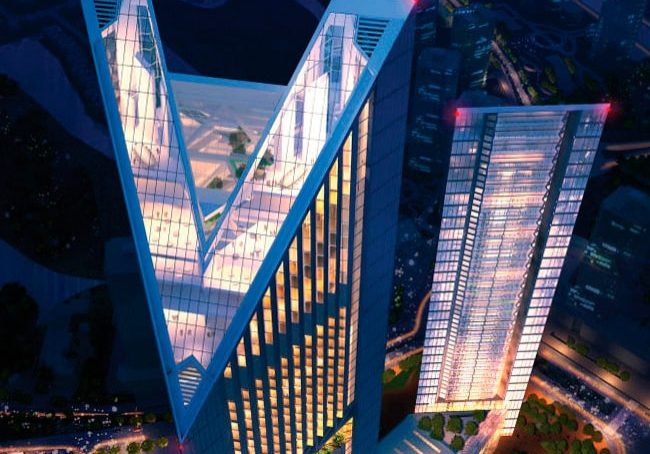Counterweightless Elevator ThyssenKrupp Elevadores Headquarters
Jan 1, 2015

An energy-efficient, forward-thinking prototype is born out of the need to renovate.
Madrid, Spain
submitted by Begoña Flores Canseco, ThyssenKrupp Elevator Southern Europe, Africa and Middle East
When ThyssenKrupp Elevadores’ 1960s-era Madrid headquarters underwent renovation recently, the company used it as an opportunity to create a remarkable, stylish, energy-efficient prototype, STUDIO, which improves accessibility through innovation. The electric, counterweightless elevator utilizes a timing pulley for traction and cog-belt technology for suspension, which boasts the benefits of a hydraulic compact elevator with the energy efficiency of a roped, gearless electrical system. The technology enabled construction of an eight-person, wheelchair-accessible unit in a narrow stairwell suitable for only a six-person elevator. Fully panoramic, the elevator moves inside a glass shaft and serves as an exhibit for customers interested in ThyssenKrupp Elevator’s new line.
The elevator installation took more than a year and a half. Team leaders were ThyssenKrupp Elevator’s Technical Innovation Officer Jesús Sánchez Criado and R&D Engineer José Luis Blanco. From the start, the team knew what they wanted. ThyssenKrupp Elevator states:
“We had a clear vision of the look and feel of the project: a full panoramic car moving inside a glass shaft. This type of shaft enhances the lighting of the building, and converts the elevator into a showroom that exhibits the technology of the new product series (the first unit of which is this elevator, STUDIO) and the [unit’s inner workings are] visible behind the car panels.”
Bringing vision to reality was no small task. The suspension technology presented several challenges. The draft needed to be based on a standard arrangement, although the bespoke requirements included incompatible items. The plan was to save energy by using a lightweight car. The car’s panoramic element required the team to find materials with the same optical and strength capabilities as laminated glass that were, at the same time, substantially lighter. Significant research was involved to find a plastic that was safe, durable and transparent. The team settled on transparent polycarbonate panels with integrated LED lighting.
The structure’s metallic columns were cut with an open radius, which is accented with light milling, drawing on transparent panels. The structures of traditional windows were removed, resulting in a completely new system based on a framework that serves as a baseboard and ceiling cornice. In order to reduce the weight and improve the overall ride experience, a solution with minimum components was utilized.
The drive system consists of a gearless machine and inverter, allowing for the regeneration of energy while the car descends. Additionally, the power electronics disconnect when the unit stops. These elements, together with LED lights that automatically shut off, mean much lower energy consumption. An electronic monitoring system allows the elevator to communicate with the call center.
New controller developments designed especially for this elevator make it possible to perform a complete diagnosis of all significant information. This is especially beneficial during installation and repair, when personnel must be constantly aware of an elevator’s conditions.
An ongoing challenge for ThyssenKrupp Elevator has been figuring out how to align car-weight reduction with necessary traction changes. The team recalls:
“We had reached a point where car weight reduction was no longer an option, due to the fact that the less weight the car had, the more adherence we were losing in our traction system. Therefore, we were forced to increase car weight by introducing weights inside the structure. To solve the issue, we analyzed various options and came to the best possible solution: a cog belt, which was able to solve this issue and even increase the possibilities of introducing even lighter cars with new materials.”
Added benefits of the cog belt included elimination of the need for counterweights and the ability to expand car dimensions within the same shaft.
ThyssenKrupp Elevator is proud of the innovation it achieved in STUDIO, stating:
“For the first time, the car structure and panels work together in technical and aesthetic synergy, thus changing the rules and finding a brand-new concept where light and lightweight merge into a transparent personality.”
Specifications
- System type: Electric
- Traction technology: Cog-belt counterweightless
- Machine arrangement: 2:1 (machine room less)
- Drive machine type: Gearless
- Speed: 1 mps
- Capacity: 630 kg
- Travel height: 6,520 mm (three stops) Shaft dimensions: 1,364 mm wide X 1,610 mm deep
- Pit: 930 mm
- Overhead: 3,700 mm
- Cabin dimensions: 1,100 mm wide X 1,400 mm deep X 2,200 mm high
Credits
Equipment Manufacturer: ThyssenKrupp Elevator Manufacturing Spain Developer: ThyssenKrupp Elevator Architect: CB Richard Ellis
Designer (cabin aesthetics): Noviembre Estudio
Builder: Disval
Get more of Elevator World. Sign up for our free e-newsletter.









